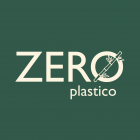Corporate volunteering activity in La Guancha
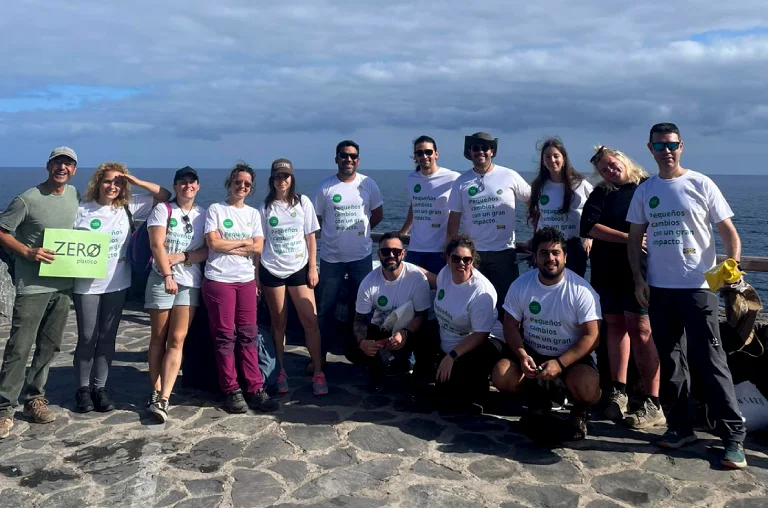
On the morning of 28.06.2024 Canarias 0 plástico and the company IKEA represented by its event coordinator Oscar Moreno Martín and 13 colleagues carried out an environmental awareness day in the municipality of La Guancha within the framework of the III corporate island volunteering week organised by the Cabildo of Tenerife and with the support of the town council of La Guancha, which consisted of an environmental itinerary and the voluntary collection of abandoned land waste on the route from the Santa Catalina Park to the Charco del Viento. The experience was a success. In the words of Oscar Moreno: A very positive and enriching experience for the team.
Corporate volunteering at Finca Encuentro
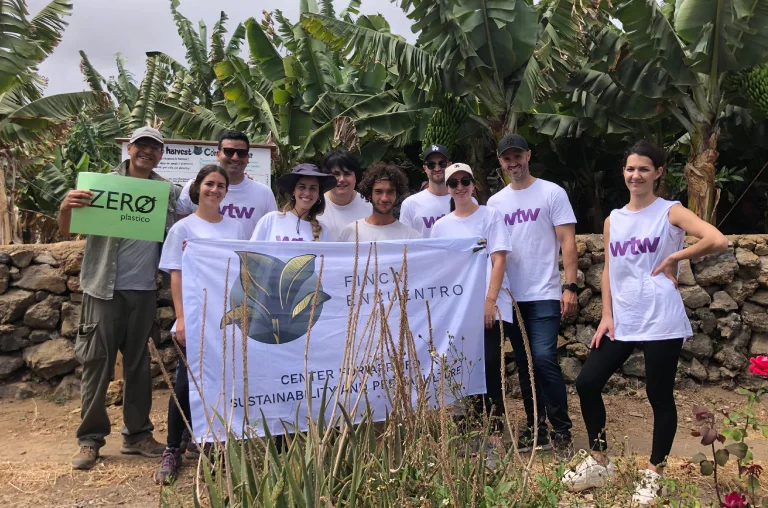
On 20.06.2024, within the framework of the III corporate volunteering days organised by the Cabildo de Tenerife and in collaboration with Canarias 0 plastico and Finca Encuentro, the company WTW with its General Manager for the Canary Islands Carlos and 7 colleagues went on a guided tour of the applied sustainability centre and organic farm Finca Encuentro. Afterwards, the volunteer activity focused on composting and soil treatment. The visitors enjoyed a refreshment of aromatic herbs from the farm before saying goodbye to a successful activity.
V Marathon from networking
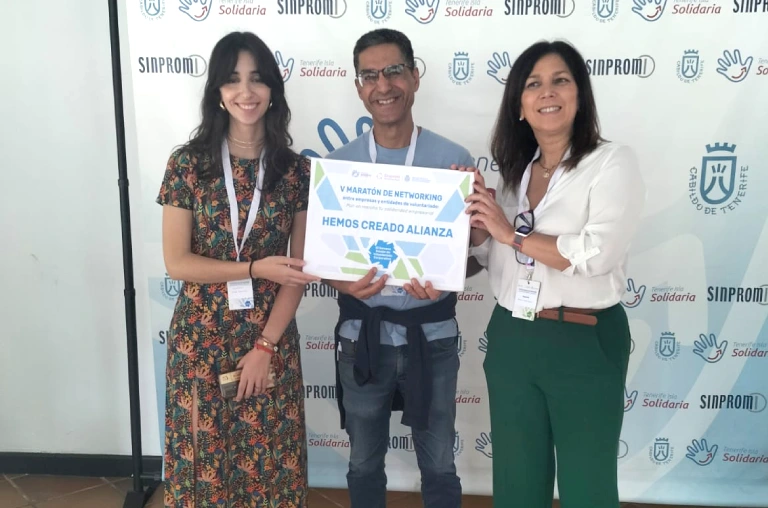
Canarias0plastico participated in the “V marathón of networking” between NGOs and companies in the name of “III semana insular de voluntariado corporativo”.We were able to establish alliances with Ikea, Apinsa, Martinez Cano Canarias, Tenerife isla solidaria and Votorantim Cementos. All the companies at this fair are particularly committed to environmental protection. This includes activities such as cleaning up forests and beaches.
Tenerife isla solidaria visited the association
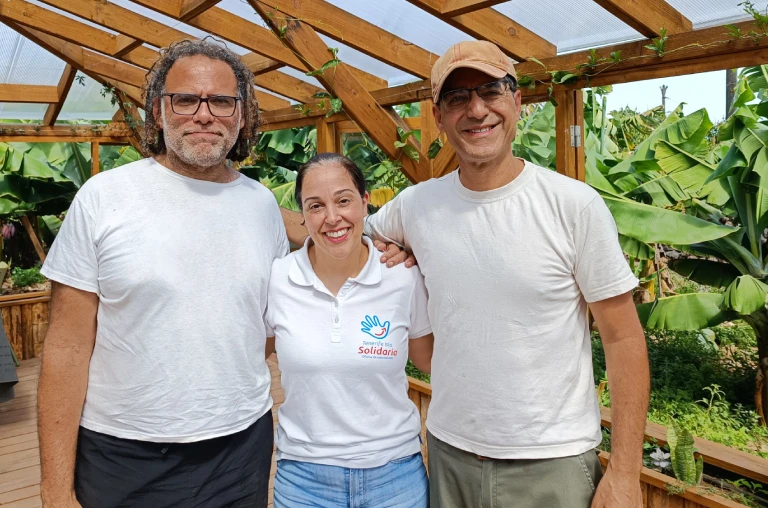
Canarias 0 plastic was visited by Leticia, the Tenerife Isla Solidaria dynamizer, to get to know the work of the association. David, founding member, gave her a tour of the space and then they talked in the greenhouse.Tenerife Isla Solidaria is a platform for associations and puts companies and people looking for volunteering opportunities in contact with each other. Canarias 0 plástico recently joined the programme.They talked about the association’s projects and the resources available on the platform.
The first clean-up of the year was a success.

Thanks to the action organised by the association Canarias 0 plástico together with 18 volunteers.The meeting point was a vacant lot between the streets Archipiélago Canario and Camino Carril in La Vera, Puerto de la Cruz. After a short talk by partner Patrick, the association provided the participants with materials to clean up the area. The high weeds had turned the site into a rubbish dump.The activity caused the curiosity of the neighbours who came to find out since it was a novelty and talked to the organisers.The day lasted an hour and a half and 30 bags of waste, about 50 kilos, were collected and deposited in their respective containers. Signs were also installed to keep the area clean.
A new method has found that plastic bottles contain thousands of nanoparticles that are absorbed by cells.
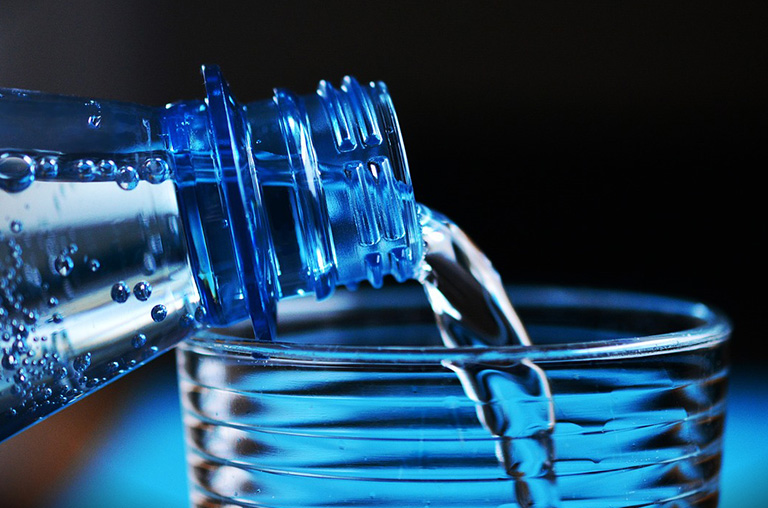
This system can be used to identify individual microplastic fragments that are smaller and have unknown health effects. In recent years, numerous studies have found traces of plastic in some of the most remote places in the world, including the Arctic Circle. Due to concerns about this type of contamination, the use of plastic or glitter cutlery was prohibited. This substance contaminates not only the entire object, which decomposes over the centuries, but also the small particles that come off of it. Microplastic fragments measuring from 5 millimeters to a millionth of a meter (pieces 50 times thinner than a human hair) have attracted attention so far, but plastic is known to break down into infinitely smaller pieces. Nanoplastics reach one billionth of a meter and penetrate all human tissues and pass through the blood until they reach the brain or placenta of the pregnant woman. There are concerns about its health effects, but research is still in its early stages and knowledge of its existence is limited. This week, researchers at Columbia University published an analysis in the journal PNAS that examines whether, what types, and how many nanoplastics are present in bottled water. Using a technique called stimulated Raman scattering microscopy, of which one of the inventors, Wei Ming, co-authored the study, they found that, on average, each liter contains about a quarter of these plastic pieces. One of the most common components of these nanoplastics was polyethylene terephthalate (PET), a material commonly used to make plastic bottles. According to the researchers, these particles can be released when the glass is heated, contracts, opens or closes. One type of nylon is polyamide, but according to a statement from Columbia University in the US, one type of nylon may come from plastic filters used to purify water before bottling it. The remaining most common materials are used in a variety of manufacturing processes that typically involve casting. “Methods have been developed to monitor nanoparticles, but it is not clear what they are looking at,” explains co-author Naixing Qiang. Using the new method, they were able to individually track and calculate the number of nanoparticles contained in seven common plastics. However, this selection represents only 10% of the particles discovered. It is not clear if the rest is plastic waste or other types of particles. This shows how difficult it is to analyze these small elements and how much is still unknown about the composition of many of the elements we consume. A research review published by eBioMedicine in January warned of growing evidence that exposure to microplastics and nanoplastics can have negative effects on a variety of human organs. However, the authors point out that the mechanisms by which these effects may occur and whether prolonged exposure to these particles increases the risk of disease are unknown. Although we studied the effects of some specific particles to evaluate their toxicity, in general, our study shows that there are many particles that are abundant in commonly consumed products or in the environment and have not been analyzed in detail. . The authors of the article, led by Jorge Bernardino de la Serna of Imperial College London, believe that future studies should investigate the effects of micro- and nanoplastics, taking into account the specific concentration, individual sensitivity to these substances or the required dose. It has a significant negative impact. The study authors also want to use their technique to analyze tap water, where microplastics are found in much lower concentrations than bottled water. In a world where around 400 million tonnes of plastic are produced each year and the material is used to make almost everything, the opportunities for plastic nanoparticles to be released and dispersed into the environment or incorporated into living organisms are infinite. More precisely determining the size and composition of these particles is a step toward assessing the scope of the problem, potential health effects, and ways to reduce potential risks.
Establishing an international agreement on plastic pollution
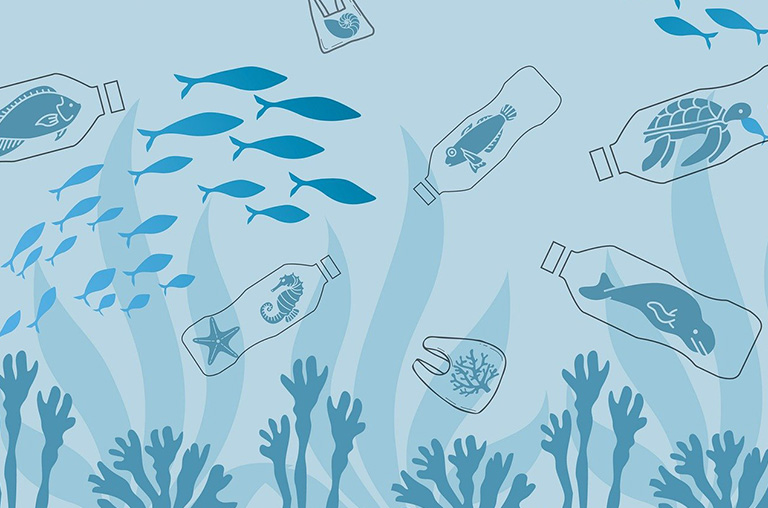
CONICET experts participated as scientific observers in the third meeting of the Special Intergovernmental Committee within the framework of the United Nations Environment Program. In Nairobi, Kenya, the headquarters of the United Nations Environment Program (UNEP) held the third meeting of the Intergovernmental Committee (INC-3) to develop a global treaty on plastic by 2025. I will meet representatives from all 175 countries negotiators. countries, including Argentina. Two CONICET experts participated as scientific observers: Andrés Arias, researcher at the Argentine Institute of Marine Research (IADO, CONICET-UNS), and Marina Fernández, researcher at the Institute of Biological and Experimental Medicine (IBYME, CONICET-F-IBYME). There are no governmental organizations around the world that participate in discussions and provide scientific assistance to groups in each country. According to experts, it was during the third meeting that the non-textual content of the agreement reached between the second and third meetings was discussed. This document has different sections that include objectives, responsibilities and procedures. In addition, a liaison group has been established to analyze other aspects of the proposal and consider scientific support. “This is a world-renowned environmental initiative that aims to reduce plastic pollution throughout the entire life cycle of plastic, including marine pollution and micro-pollution. More broadly, the objectives of the agreement are to protect health, protect human rights and protect the environment. “In this country, our common home and region, we see that the ability to manage certain aspects of the crisis internationally and with legal obligations for all countries is very important for the main objective of the agreement,” said Arias. He explains: “For example, since 1950, the production of feminine plastics has been increasing globally: from 200 billion / year to more than 400 million tons / year today. This productivity will almost double by 2040 and triple by 2060. Of course, a sustainable system does not meet global boundaries or the sustainability goals agreed upon by all countries. Furthermore, in the process, single-use plastics (single-use and disposable) account for 35 to 40 percent of current production, and this segment is increasing every year. Researcher Marina Fernández spoke at the fourth meeting about some issues that need to be addressed. «We need to agree on other definitions, for example, when we talk about plastic pollution, we are not just referring to plastic waste. This definition has limitations that may limit the scope of the agreement. The comprehensive definition proposed in United Nations Environment Assembly resolution 5/14 takes into account the entire life cycle of plastic and will help us reach an agreement to protect human health and the environment. Also, “find better ways to serve as scientists and committee members.” What we want as scientists is to combine existing resources, approach countries and discuss agreements. « She confirmed: “International scientific organisations, represented by groups such as the Union of Scientists and the Endocrine Society, believe that global cooperation on plastics represents a unique opportunity to address the problem affecting our planet. : Plastic pollution, known as pollution throughout the life cycle of plastics, from disposal to the end of their useful life. Finally, Arias pointed out that the regions of the world exhibit different cultural, geographic, technological and economic characteristics. “To eliminate legal differences that apply in all regions, the agreements implemented must also focus on the concept of ‘fair exchange’ for the transfer of technology, ‘know-how’ and operational and support costs. Plastic waste volumes around the world. ” It should be remembered that Arias and Fernández are members of the Research Network on the Impact of Plastics in Argentina (SEPIA). A network of independent scientists whose mission is to advise signatories on what they can do. Scientific Forum on Sustainable Plastics Trade, SCEPT. In preparation for the symposium, they, along with 38 other researchers publishing papers from around the world, came as scientific observers to provide technical advice to all members who raised questions. Topics discussed include promoting the sustainable use and production of plastics, the impact of plastic degradation on various ecosystems including: oceans and marine ecosystems, including toxins, chemicals and substances that represent rrisks to human health. Additionally, promote a circular economy for plastics and environmental waste management, including collection, distribution and recycling, as well as global economic challenges. This is the third meeting since the start of the fifth session of the United Nations Environment Assembly (UNEA-5.2) in March 2022, which passed a popular resolution to establish an international legal document to limit plastic pollution and the marine environment. The first part of the INC (INC-1) will be held in Punta del Este, Uruguay from November 28 to December 2, 2022, and the second part (INC-2) will be held in Paris, France from May 29 to 2 of June. held. ., 2023.
Cleanliness was the protagonist this December long weekend.
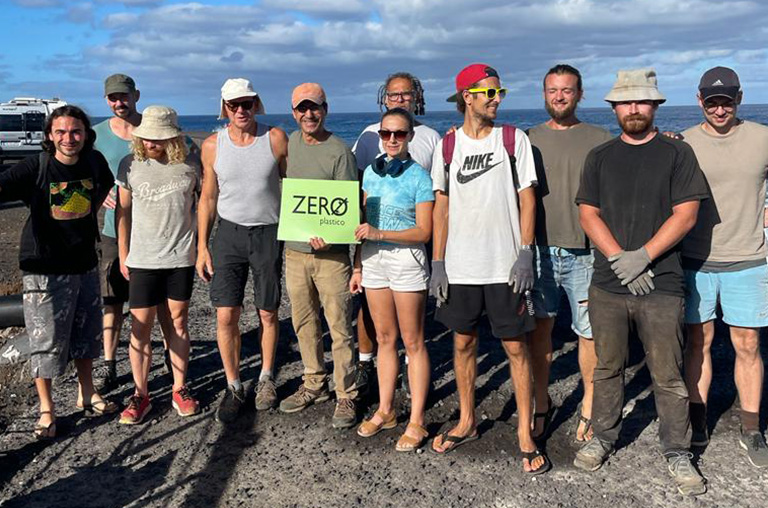
Almost 40 kilos of waste were collected thanks to the clean-up action organised by the association Canarias 0 plástico together with around twenty volunteers.The initial meeting point was the land adjacent to the Church of Our Lady of Peace. Although privately owned, it was open for people to walk and stroll around. On the day of the clean-up it was fenced off, with no access for people.The location was changed to the car park of the Puerto de la Cruz lighthouse.After a short talk by the coordinator David Keswani, the association provided the participants with materials to clean up the area. The day lasted a couple of hours and 25 bags of waste were collected and deposited in their respective containers.
